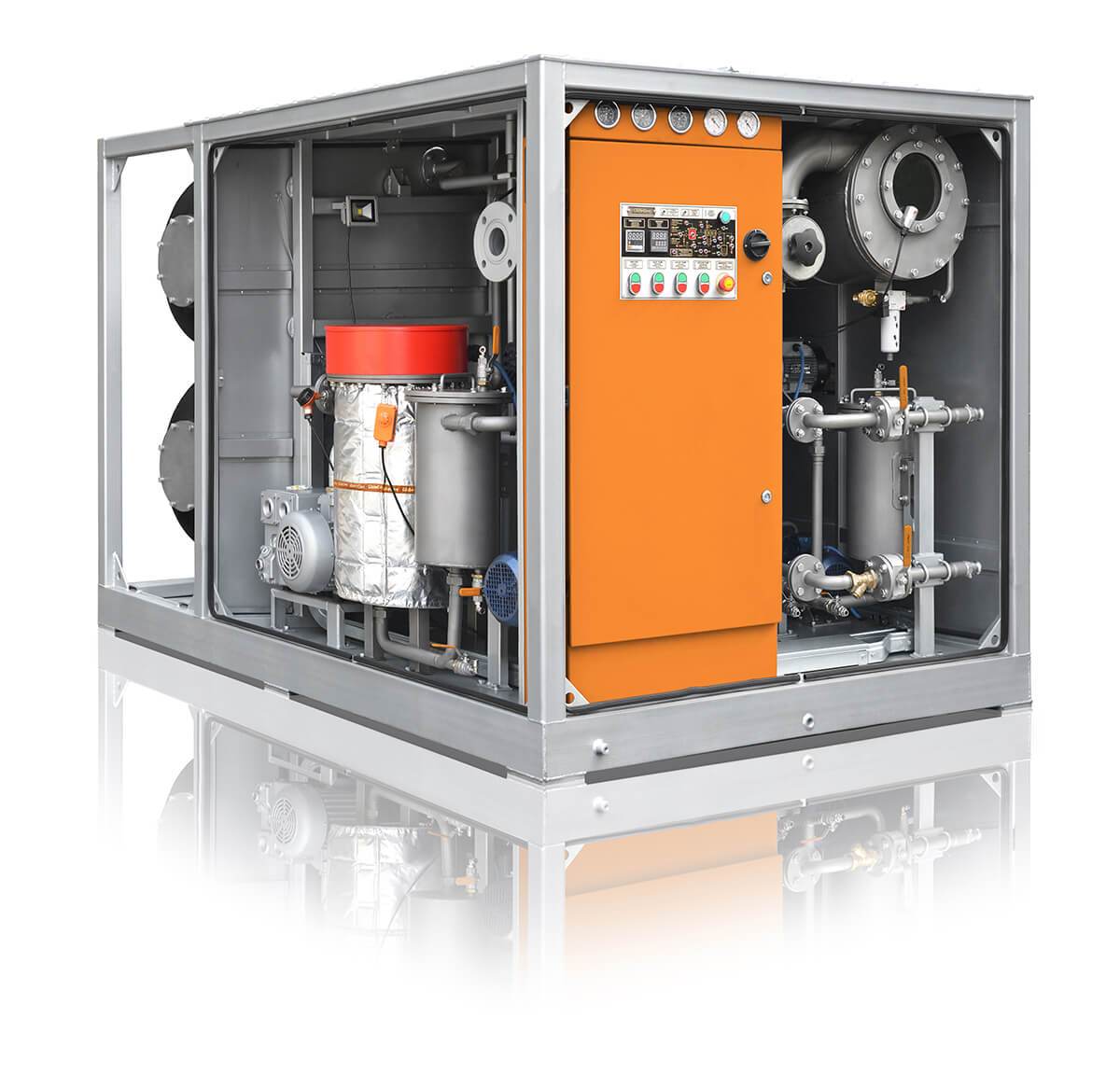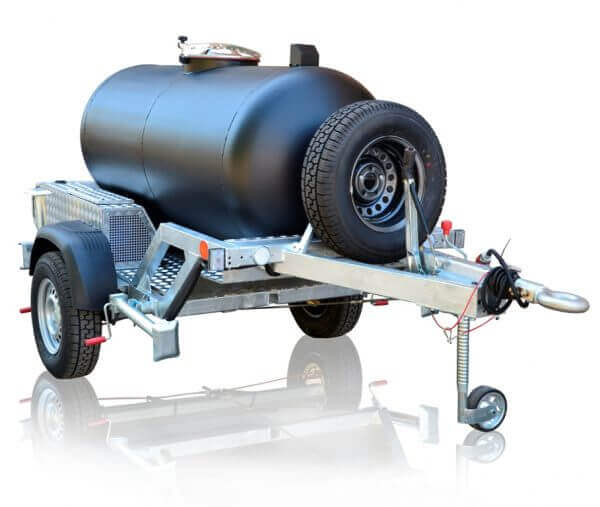What steps are involved in the cable oil purification process?
- This topic has 1 reply, 2 voices, and was last updated 1 year, 2 months ago by .
Answers
-
October 1, 2024 at 11:24 pm by Richard Mcdaniel
The cable oil purification process typically involves the following steps:
Heating: Oil is heated to reduce viscosity, enhancing the efficiency of subsequent processes.
Pre-Filtration: Removal of large particles using coarse filters.
Vacuum Dehydration: Eliminates moisture and dissolved gases under vacuum conditions.
Fine Filtration: Removes smaller particulates with fine filters, often down to micron levels.
Degassing: Further extraction of gases that may affect dielectric properties.
Adsorption Treatment: Uses materials like activated alumina to remove acids and polar contaminants.
Cooling: Oil is cooled to appropriate temperatures before returning to the cable system.
Monitoring and Testing: Continuous monitoring of parameters like moisture content and dielectric strength to ensure purification effectiveness.
These steps collectively restore the oil’s insulating and cooling properties, ensuring optimal performance of power cables.



